You have probably heard plenty about how winter weather can damage your house, particularly your roof. But while snow, ice, and winter winds are often mentioned, there is one culprit that does not often get acknowledged — the temperature. What makes cold temperatures so dangerous when it comes to your home’s structural integrity? They can pose a danger to your roof, walls, and even foundation. Read on to learn about the ways cold weather threatens your home and what you can do to minimize the damage.
The Dangers of Cold Temperatures
When temperatures drop, it becomes downright unpleasant to be outside. But while most of us have a warm home to go to, we do not usually think about the ways the cold can damage that as well.
There are several ways the cold puts your home at risk. It causes the contraction of materials, weakening them over time. It also increases the chance of water leaks, leading to internal damage. It can even cause burst pipes, especially if your house is poorly insulated.
Roofs
When it comes to roof damage during winter weather, we first think of snow and ice. These are indeed big problems, increasing the risk of water retention as ice dams form. But extreme cold also poses an issue.
One of the main threats is thaw and freeze cycles. These happen naturally throughout the winter as temperatures oscillate above and below freezing. As ice freezes and melts, it is increasingly likely to seep into the roof and cause water damage. Water expands when it freezes. That means that if it leaks into the roof and then freezes again, it puts stress on building materials.
Another concern is the deterioration of building components. In very cold temperatures, shingles and other components become more brittle. This makes them more likely to come loose or break. Some materials are prone to contracting in cold weather, which weakens them over time.
If you have had a particularly wet or changeable winter, you might be at a higher risk of water damage to your roof.
Foundation
Believe it or not, cold temperatures also wreak havoc on your home’s foundation. Frost penetrates deep into the ground, causing contraction of materials. Then, as temperatures rise again, these materials expand.
When it comes to your foundation, this may lead to cracks or even shifting. That puts your whole home at risk! It can also lead to deterioration over time.
Unfortunately, it is often difficult to know if your foundation is unstable. Unless you have experience, you may be better off with a professional inspection.
Signs of a damaged foundation include cracks in drywall or gaps in windows. They might also include warped walls or floors or visible sinking.
If your home is on a concrete slab, you should pay particularly close attention. Concrete soaks up water, which puts it at particular risk as ice penetrates the ground. It will eventually melt and can be absorbed into the foundation, increasing the risk of cracks.
Basements
If you have a basement in your home, you should watch it carefully throughout the winter. Basements are at a higher risk of damage from cold weather for the simple reason that they are below the ground. If you notice one of your basement walls leaning, it could be because of frozen ground pushing inward. It does not need to be said that this can be a major issue for your home.
Basements also develop problems with pipes because of a higher risk of freezing. When temperatures drop, basements tend to get much colder because they are underground. That means that unprotected pipes are more likely to freeze and burst, which can lead to extensive damage that warrants significant repairs.
Siding Damage
Even your siding may suffer during extremely cold temperatures. Most of the time, the culprit is strong winds, which can fling debris against your home or even rip siding off. However, just like with other parts of the house, siding is also vulnerable to freezing temps.
This is because of the expansion and contraction of materials as temperatures shift. This weakens building materials over time, increasing the chance of breaks.
What Should You Do to Protect Your Home?
The good news is that cold weather damage is not inevitable. As autumn arrives, make it a project to winterize your home.
The first step is to conduct a visual inspection of the house. Look for any visible damage, such as gaps in walls, broken shingles on the roof, or cracks in the foundation. If you are not sure what to look for, hiring a professional could be a good choice.
Insulating
It is vital to make sure your home is well insulated, especially in the attic or basement. This reduces the likelihood of water seeping in and causing internal damage. There are many ways to test the insulation in your home, some of which are very simple.
Fill Gaps
If you spot any cracks or gaps in your windows, doors, or siding, it is a good idea to fill them. This will reduce the chance of damage from freezing temperatures or leaking ice. There are many ways you can do this, but one of the best is to use caulk. Simply caulk the gap or crack and finish it as needed.
Know Your Plumbing
Burst pipes are not always avoidable. But there are a few things you can do to reduce the chances of it happening.
If you have a basement, make sure it’s sealed well. The less cold air coming in, the less likely temperatures are to plummet, leading to frozen pipes. You should also familiarize yourself with your plumbing system. Know where your water shutoff is so you can act quickly in an emergency.
When Should You Call a Professional?
Winterizing your home often feels like a huge task. Ice and snow are not the only threats. You are also protecting yourself from those bitter, cold temperatures.
A professional contractor can pinpoint weak areas or recommend repairs. Contact Canga Restoration to protect your home from the cold. Our professionals in Schaumburg, IL, can come to your home and perform an inspection to determine if there are any problems that need to be addressed before the temperature begins to drop.
Subscribe to Canga Roofing's Blog
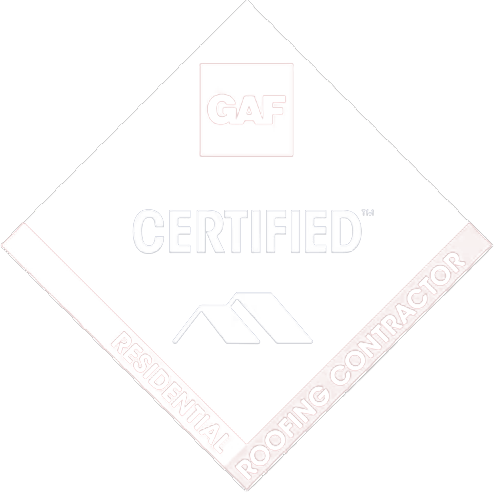

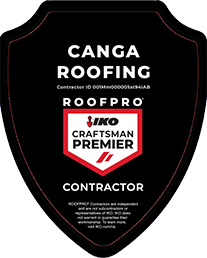
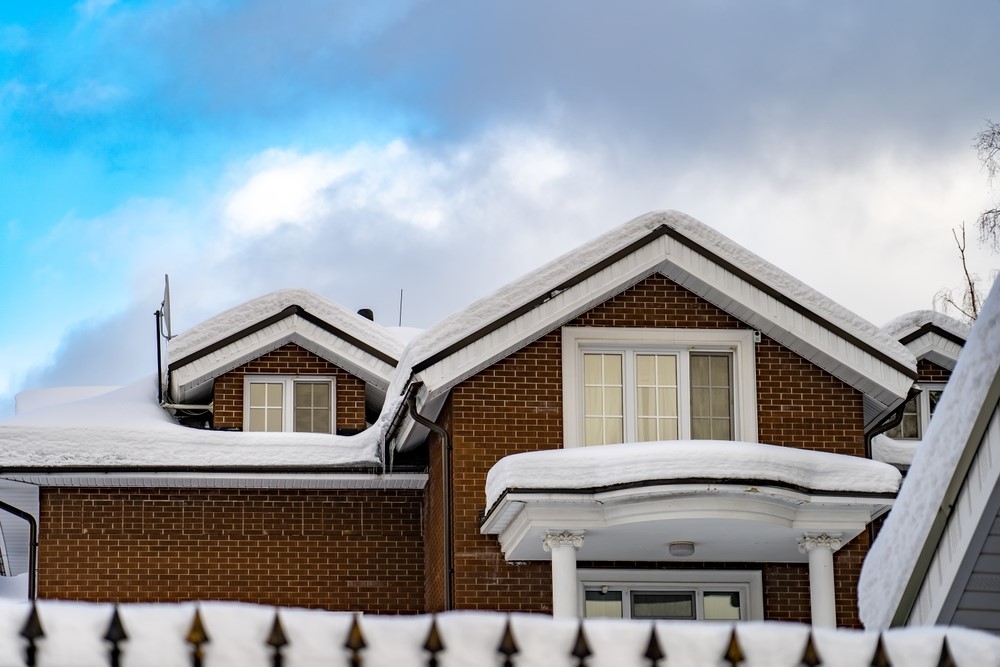
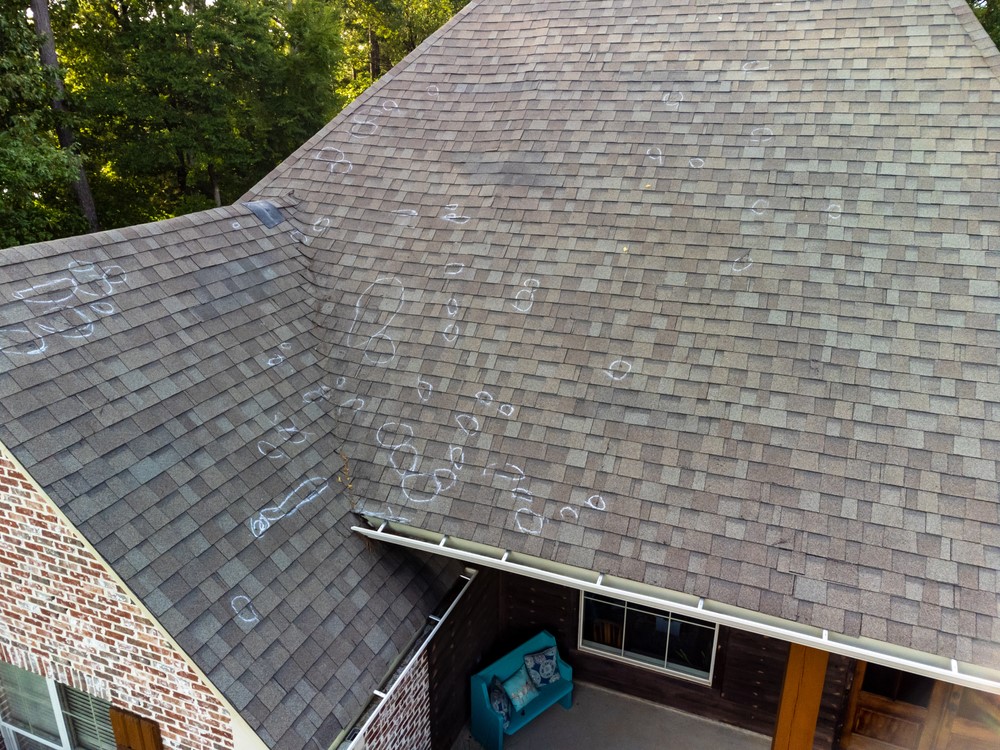
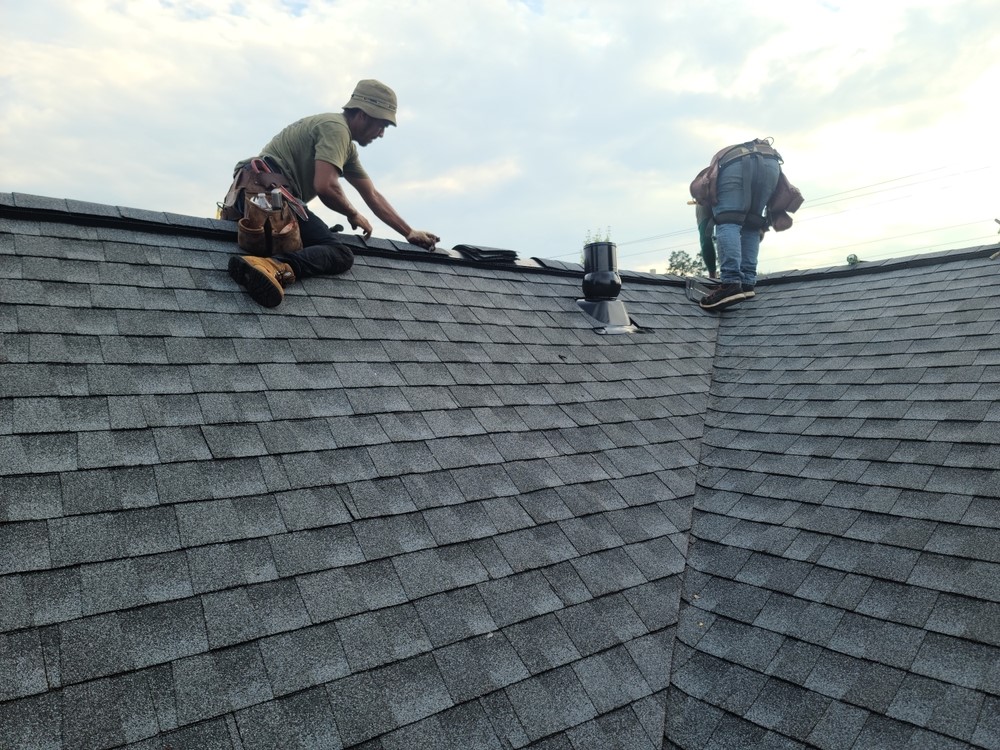
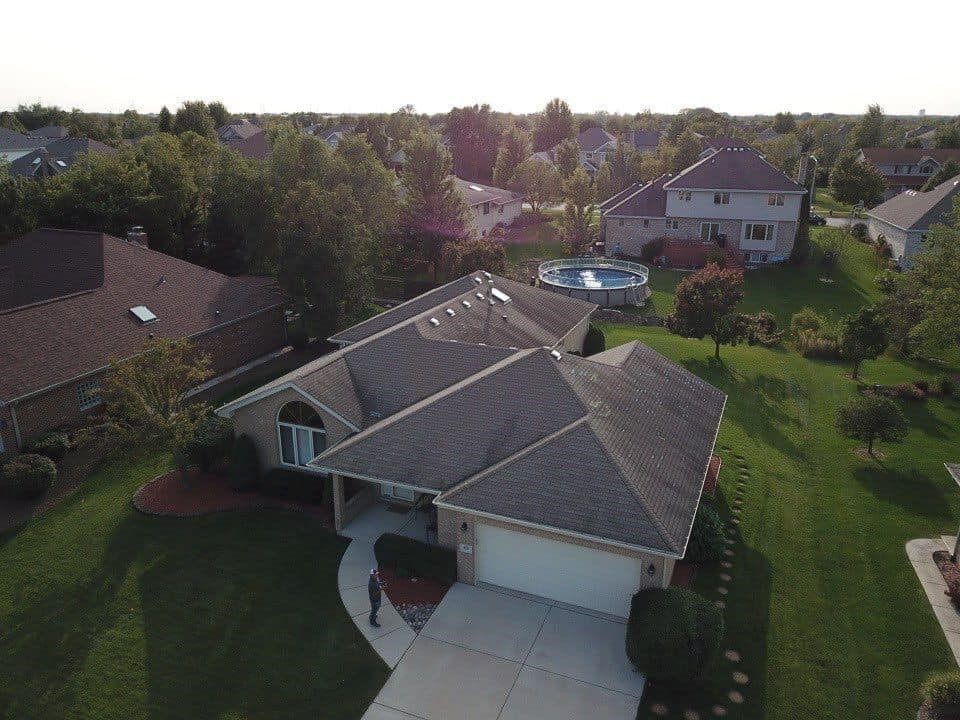
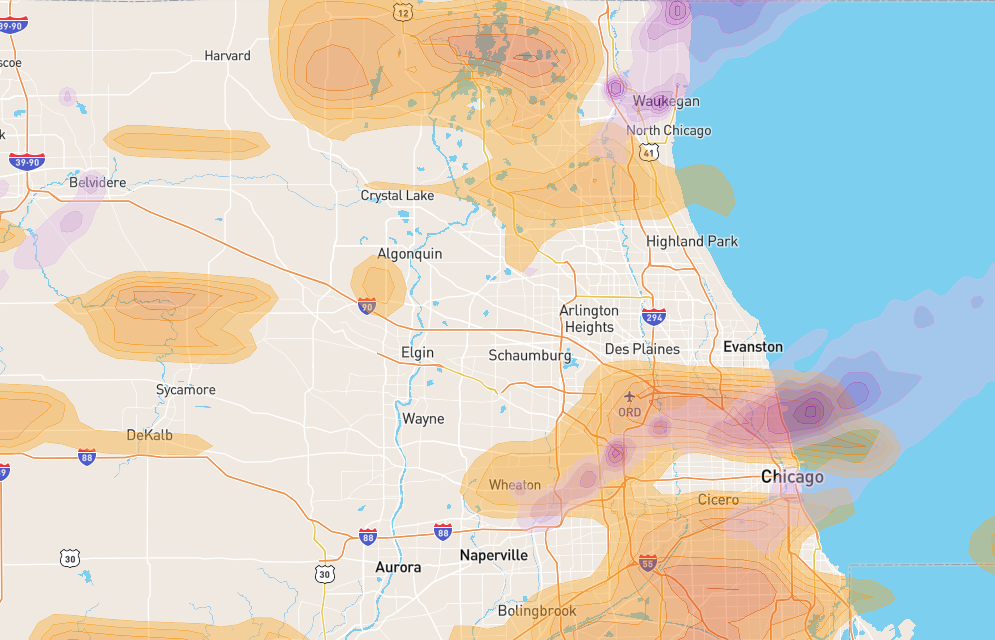


Comments